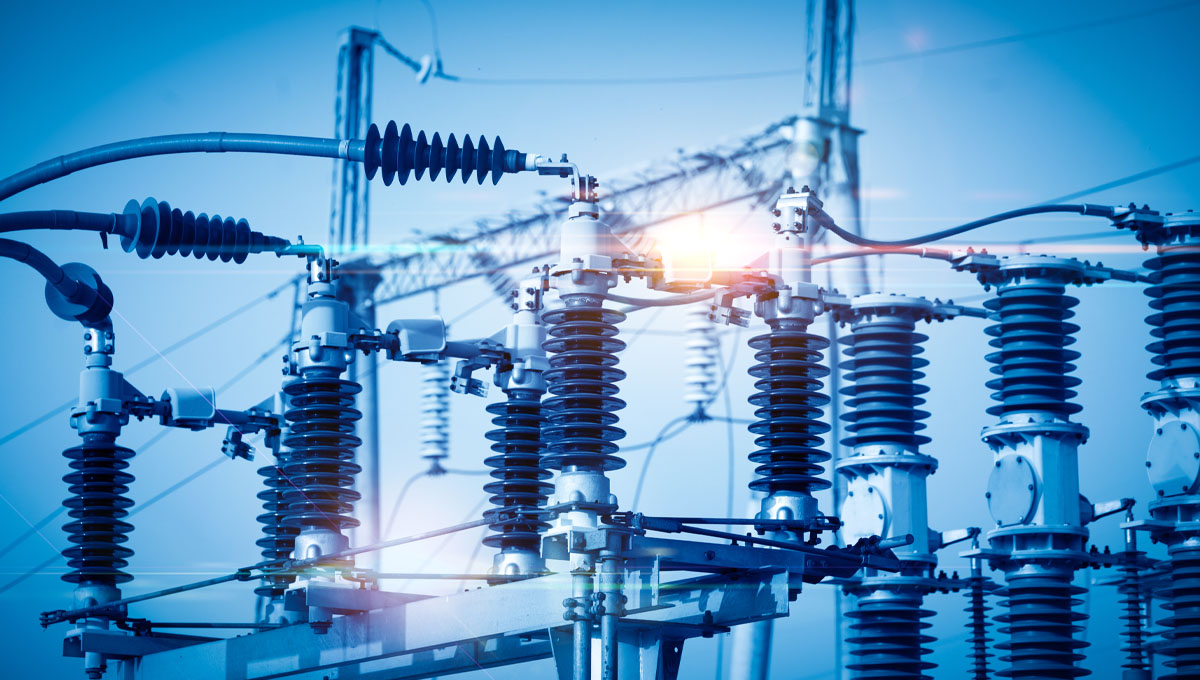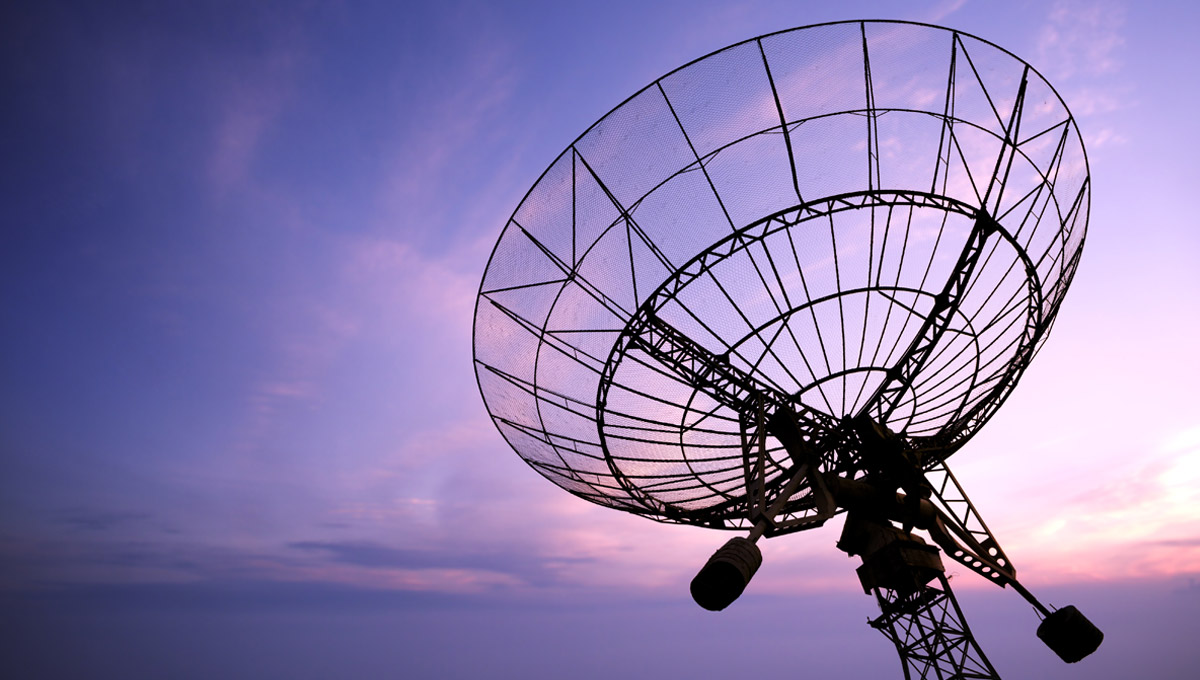Please click here to download the Prism as PDF.
Indian Railways is not a ‘deemed distribution licensee’ under third proviso to Section 14 of the Electricity Act, 2003 as it does not supply/ sell electricity to consumers
The Appellate Tribunal for Electricity (“APTEL”) in a landmark ruling in West Bengal Electricity Distribution Company Ltd. and Ors. v Central Electricity Regulatory Commission and Ors. and batch[1] has held that the Indian Railways is not a ‘deemed distribution licensee’ under third proviso to Section 14 of the Electricity Act, 2003 (“Electricity Act”) as it does not supply/ sell electricity to consumers. Further, the Indian Railways is liable to pay cross subsidy surcharge (“CSS”) and additional surcharge (“ASC”) to distribution licensees, if it procures electricity from sources other than the concerned distribution licensees.
Brief Facts
The Ministry of Power (“MOP”) on May 6, 2014, issued a letter clarifying that the Indian Railways is a ‘deemed licensee’ under the third proviso to Section 14 of the Electricity Act. Subsequent thereto, Indian Railways filed petitions before various state electricity regulatory commissions (“SERCs”) claiming the status of a ‘deemed distribution licensee’.
Appeals were filed before the APTEL challenging the orders passed by the SERCs (“Impugned Orders”)[2] in the said petitions. On February 12, 2024, APTEL rendered its final Judgment while disposing of the said batch of appeals.
In doing so, APTEL held that the Indian Railways neither carries on any activity of ‘sale of electricity’ to third party consumers, nor discharges the obligations of a ‘deemed distribution licensee’ and Indian Railways’ entitlement for open access is only as a ‘consumer’ under the Electricity Act.
Issue
The issue in the batch of Appeals before APTEL was whether the Indian Railways is a ‘deemed distribution licensee’ under third proviso to Section 14 of the Electricity Act, 2003 and, if so, whether it is still required to is liable to pay additional / cross-subsidy surcharge.
Notable Findings of APTEL
APTEL, inter alia, held that the Indian Railways is not a ‘deemed distribution licensee’ for the following reasons:
- The argument of Indian Railways that it is engaged in ‘sale of electricity’ by virtue of supplying power to vendors, contractors, agencies, and other entities in its area of operation is incorrect since:
- the act of Indian Railways of conveying electricity to vendors, contractors, agencies, and other entities in its area of operation at best constitutes re-distribution of electricity by a consumer among its own units.
- such re-distribution of electricity is nothing but self-consumption of electricity, at multiple locations, and such self-consumption does not constitute ‘distribution of electricity’ as contemplated under the Electricity Act.
- sale of electricity to a consumer is sine qua non for distribution of electricity by a distribution licensee, deemed or otherwise, under the Electricity Act.
- There is no element of ‘sale’ involved in the activities undertaken by the Indian Railways.
- Indian Railways shares a ‘jural relationship’ with vendors, contractors, agencies and other entities and there is no element of ‘supply’ or ‘distribution’ of electricity but is only use of electricity by or on behalf of the Railway Administration.
- The Indian Railways does not have a ‘distribution system’ in terms of Section 2 (19) of the Electricity Act:
- ‘Electric traction equipment’ and ‘power supply and distribution installation’ under the Railways Act, 1989 (“RA Act”) do not constitute ‘distribution system’ under the Electricity Act as, no power is supplied to consumers.
- Section 18 (which enables the Central Government to require boundary marks or fences to be provided) and Section 2(31)(a) (which brings all lands located inside those boundaries within the definition of a ‘Railway’) of the RA Act only relates to the area within which Indian Railways is entitled to carry on its activities to the exclusion of all others. This area is not the ‘area of supply’ as defined under Section 2(3) of the Electricity
- The end point of the ‘distribution system’ must be the point of connection to the installation of a ‘consumer’:
For a ‘distribution installation’ to fall within the definition of a ‘distribution system’ under Section 2(19) of the Electricity Act, it has to be connected to the point of installation of the consumer.
- The Electricity Act does not envisage ‘Distribution’ de hors ‘Supply’:
- A distribution license is granted to a licensee not merely to ‘maintain and operate’ a distribution system but also to supply electricity, through such a system, to consumers in the area of supply of such a licensee.
- ‘Supply’ is defined in Section 2(70) of the of the Electricity Act to mean ‘sale of electricity’. In the absence of sale of electricity to a consumer at a price, the test of “supply of electricity” under Section 2(70) is not met.
- The RA Act and the Electricity Act operate in different fields, in so far as distribution of electricity is concerned, and therefore, the 2 (two) Acts co-exist and can be harmoniously construed.
The non-obstante clause in Section 11 of the RA Act should be confined to the purposes referred to in clause (a) to (h) thereunder and cannot be expanded to read that Indian Railways has the power to distribute electricity to persons other than the railways. The RA Act is a prior special law, and the Electricity Act is a subsequent general law. A conjoint reading of Sections 173, 174 and 175 of the Electricity Act makes it clear that while the provisions of the RA Act would prevail in case of any inconsistency with respect to the provision of the Electricity Act, in the absence of any such inconsistency, the provisions of both the enactments would apply.
Conclusion
APTEL, through this landmark ruling has provided clarity on the criteria for qualifying as a ‘deemed distribution licensee’. APTEL has clarified that the Electricity Act does not envisage distribution without the concomitant obligation of supply (sale) of electricity to consumers. In other words, for a person to be ‘deemed distribution licensee’ there must be a distribution system and an element of supply of power to the consumer. Supply of power to its various units (located at one place or multiple places) would not qualify as ‘supply’ by a distribution licensee to a consumer. By the present judgment, APTEL has extended the principles settled by the Hon’ble Supreme Court in Sesa Sterlite Limited v Orrisa Electricity Regulatory Commission & Ors[3].
This Prism has been prepared by:
|
Abhishek Munot |

Kunal Kaul |
Purvi Shrivastava |
For more details, please contact [email protected]
[1] APTEL Judgment in Appeal No. 276 of 2015 and batch dated February 12, 2024.
[2] CERC Order dated November 5, 2015 in Pet No. 197/MP/2015, OERC Order dated February 25, 2020 in Petition No. 55 of 2016, KSERC Order dated December 12, 2019 in OP. No. 31/19., MPERC Order dated May 5, 2021 Petition No. 11 of 2020, RERC Order dated April 23, 2019 Petition No. RERC-1452/19., MERC Order dated April 5, 2019 Petition No. 154 of 2019, HERC Order dated June 17, 2020 Petition No. HERC/PRO-11 of 2017, PSERC Order dated February 28, 2018 Petition No. 3 of 2017.
[3] (2014) 8 SCC 444












